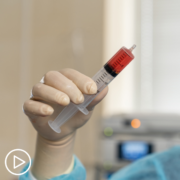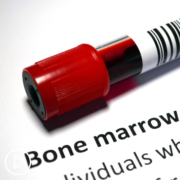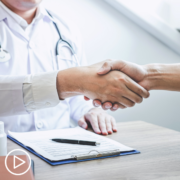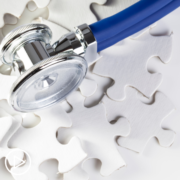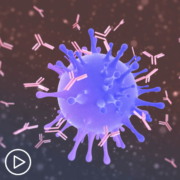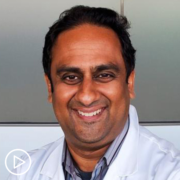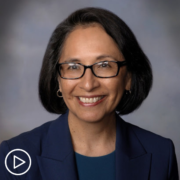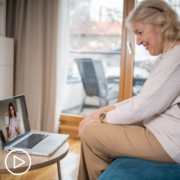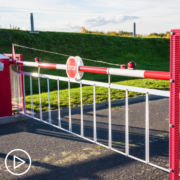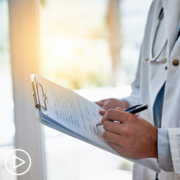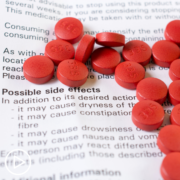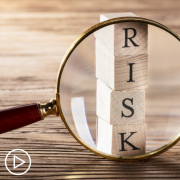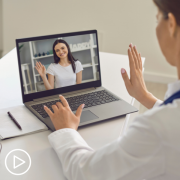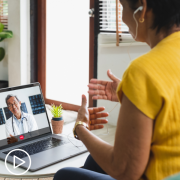A Look at Promising Strategies to Improve CAR T-Cell Therapy Access from Patient Empowerment Network on Vimeo.
How can CAR T-cell therapy access be improved? Expert Dr. Krina Patel from The University of Texas MD Anderson Cancer Center explains strategies that have increased CAR T access, monitoring of CAR T patients, and advice for patients to access support.
[ACT]IVATION TIP
“…talk to your teams, if it’s not the doctor, at least the nurse practitioner or the nurses about resources, because through the pharmaceutical companies as well as things like LLS and other places, they actually have funds for people going through trials or CAR T therapies, etcetera, that we can help. My nurse knows all these things that she knows how to start working in our social worker and our case managers, they all know all these things so that they can get you the resources you need…”
Download Guide | Descargar Guía
See More from [ACT]IVATED CAR T
Related Resources:
Transcript:
Lisa Hatfield:
Dr. Patel, given the exacerbation of existing barriers during the COVID-19 pandemic, what strategies do you believe are most promising for enhancing patient access to CAR T therapy, particularly in terms of innovative clinical trial designs and stakeholder collaboration? And one of the questions that comes up a lot is during COVID I was able to participate in a clinical trial, but I could do some things closer to home where we don’t have a big center. Are those strategies still in play? So patients might be able to travel, maybe once a month or once every two months for a CAR T trial and then go home for a little while. Can you talk about that a little bit?
Dr. Krina Patel:
Yeah, I think COVID did help us learn how to use telehealth much more, where when it was allowed, I think the good news when we had it, we could do it for all 50 states. It was amazing. All my patients I could talk to through virtual visits, etcetera, use their local labs. Clinical trials are a little harder because you have to have labs that are certified and making sure that they’re able to do those intricate labs that you need.
For instance, certain things are central labs for where they have to look at your T cells and how they’re expanding over time while you’re getting CAR Ts. So we call those central labs because those are labs we draw and send to the company, to whatever lab they’re using to help with that stuff. Things like CBC, your blood counts, your kidneys, liver. Yes, those things are easy to get anywhere. There are multiple labs like Quest and Labcorp, etcetera, that can do those.
So I think those are things that we can help with. It’s the first 30 days of any CAR T study that for safety reasons right now, we still say you have to be at the center where you’re getting the CAR T on trial or even off a standard of care. And that’s more for if you get one of these toxicities like the delayed neurotox or an infection, that we can get you back into the hospital if needed or at least get you diagnosed really quickly and treated quickly.
But yes, after those 30 days, at least most of our CAR T studies really try to limit how often you have to come in. So once a month is pretty typical and then once every three months after the first couple of years, and then once a year if that. I hope that with the FDA and with our sponsors, our pharmaceutical companies that run these trials, that they can really help get these things, the logistics figured out, because that’s what it ends up being. Once you’re done with your first at least three months of CAR T, we know patients are going to do well. And it’s really about whatever labs and visits we need to do, how can we do them virtually? And again, if my sponsors and the FDA would allow that, we’d be really happy to.
And I know the FDA is all for it. They are trying to help increase access as well. And so some of the bigger centers like us, and I think Sloan Kettering and City of Hope and Mayo, we also have other centers that are outside of the main campus. So MD Anderson doesn’t have other hospitals the way Mayo does. So Mayo has Arizona, has Rochester, and Florida. MD Anderson has a sister network.
And so we’re hoping to tap into that one day, because there are places everywhere. And if we can do that, that would actually help get access to a lot of these novel therapies a lot faster to our patients. And within Houston, just being such a big city, we have four other centers out in the outskirts and we are trying to actually increase our abilities to do therapies there as well, including CAR T and bispecific therapies.
Lisa Hatfield:
Thank you for that, Dr. Patel. So one question, I have a follow-up question. If a patient has to travel, maybe they live in an area where there is no academic center, they’d have to travel for a clinical trial. And you mentioned the first 30 days. Are patients usually, one of the big challenges is financial, is a financial challenge. Are patients sometimes feeling well enough during that 30 days if they can work remotely? Can they work remotely while they’re at your institution for 30 days? Is that pretty typical or is that something you don’t see very often?
Dr. Krina Patel:
Yeah, no, that’s a great question. So we are trying to make the whole thing outpatient soon, and a lot of our trials are allowing for CAR T outpatient, and only if you get a fever, then we admit, most people do get admitted because most people get fevers from the CAR T, but for the most part patients still feel well, it’s not that they’re having this horrible nausea, vomiting, diarrhea, things that we think about with auto transplant, where people really can’t work because they’re just exhausted. The majority of our patients are bored in the hospital, it really is that we’re just there just in case the fever turns into something worse. So a lot of my patients who are still working actually do work remotely, I can think of a few just this past week that talked about the fact that they were able to do this.
And I think the other piece we have so many resources. And again, the big activation tip here is talk to your teams, if it’s not the doctor, at least the nurse practitioner or the nurses about resources, because through the pharmaceutical companies as well as things like LLS and other places, they actually have funds for people going through trials or CAR T therapies, etcetera, that we can help.
My nurse knows all these things that she knows how to start working and our social worker and our case managers, they all know all these things so that they can get you the resources you need and some of the centers, our academic centers have resources as well. We have housing for free, you have to sign up for it in advance, but you might be able to get housing for free for that whole 30 days, and so there’s a lot of different resources that you just have to ask about, and then again, through our social worker, case manager, nurses, and sponsors. We can actually get some of that for you too.
Share Your Feedback
Create your own user feedback survey
